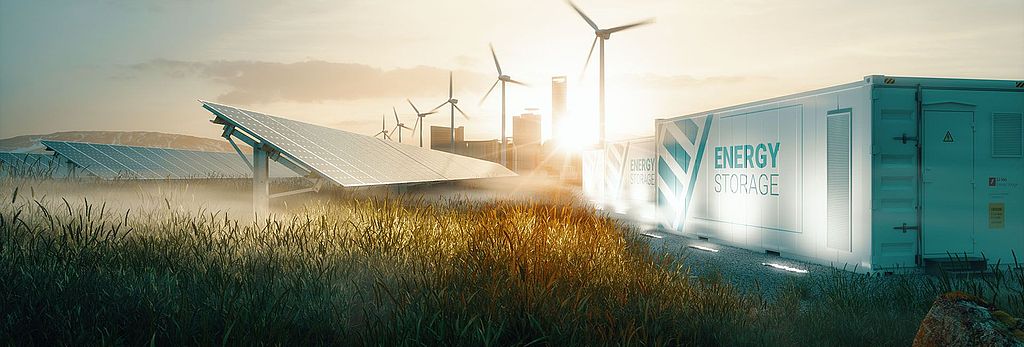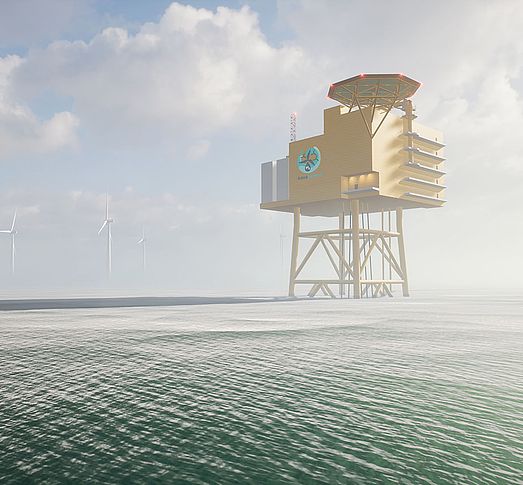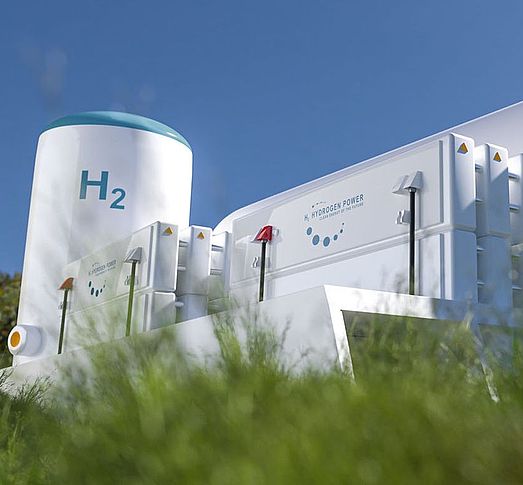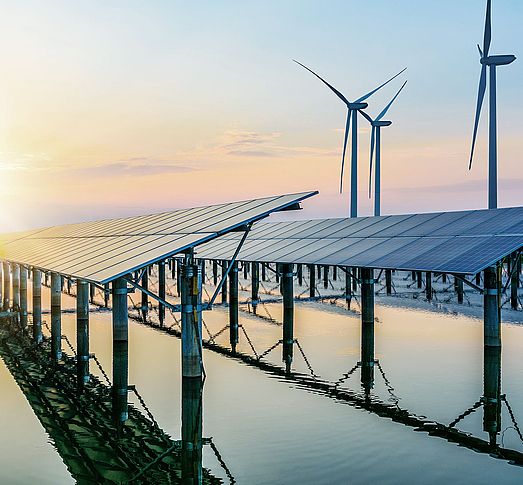Synthetic fuels (SynFuels, e-fuels, future fuels)
Synthetic fuels, especially e-fuels or Power-to-X products, are seen as a great hope in the mobility sector. Fossil fuels are based on hydrogen and carbon, so-called hydrocarbons. However, they can also be produced synthetically with the help of technologies. These synthetic fuels - also called SynFuels, future fuels or e-fuels - are almost identical in their properties to fossil fuels, but are produced in processes from electricity through renewable energies ("e-fuels").
How exactly does the production process of e-fuels work?
Renewable electricity from wind turbines or solar power is used to split water into oxygen (O₂) and hydrogen (H₂) by electrolysis. This produces hydrogen as the first basic material. In the next step, the hydrogen is combined with carbon dioxide (CO₂), which is a waste product from industrial processes or which is extracted from the ambient air. There are two main synthesis processes: Methanol to Gasoline (MtG) and Fischer-Tropsch (FT). The end products are synthetic diesel fuel, synthetic petrol (gasoline), heating oil, jet fuel and other chemical products. Production is currently still in small quantities mostly in research and pilot projects.
Where do e-fuels come from?
Large quantities of this synthetic fuel can be produced mainly where there is a surplus of wind and solar power, this is the case for example in regions like Chile.
Synthetic fuels will be crucial for decarbonisation by 2050
As Mabanaft group, we want to be the preferred independent supplier of liquid fuels and combustibles in our core markets and make a sustainable contribution throughout the energy transition. In order to provide our customers with innovative energy solutions in the transport, heating and industrial segments, we are contributing to various investment projects and initiatives, such as our partnership with HIF (Highly Innovative Fuels) to distribute climate-neutral e-gasoline, our joint venture P2X Europe to market Power-to-X products, and our membership in the eFuel Alliance.
We believe that liquid fuels will continue to play an important role in fuelling the mobility of tomorrow. We want to support our customers’ own transition to cleaner fuels by providing alternative long-term solutions, such as synthetic fuels. In a video, we explain why synthetic fuels are important for the energy transition. The video was produced for Mabanaft by BBC StoryWorks Commercial Productions.






